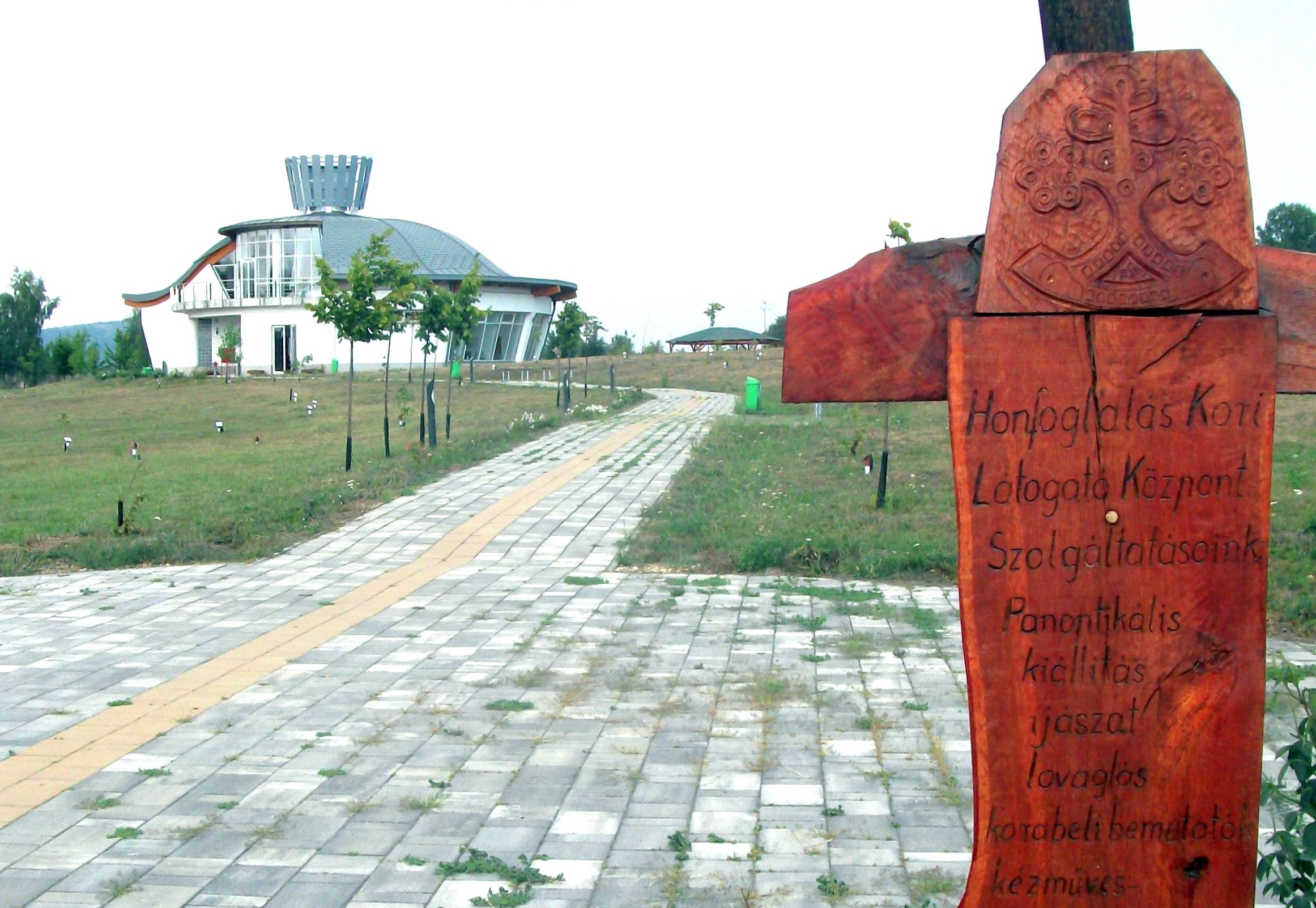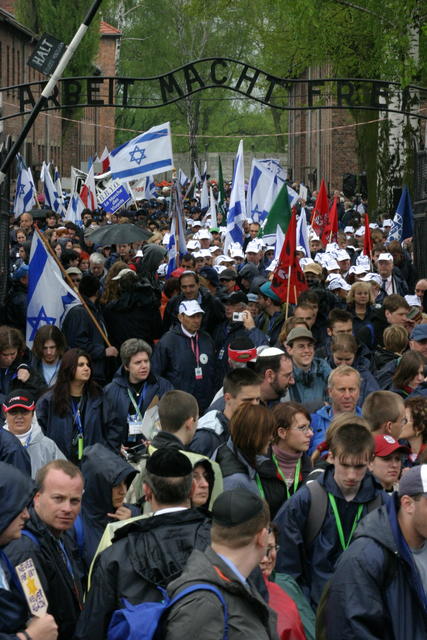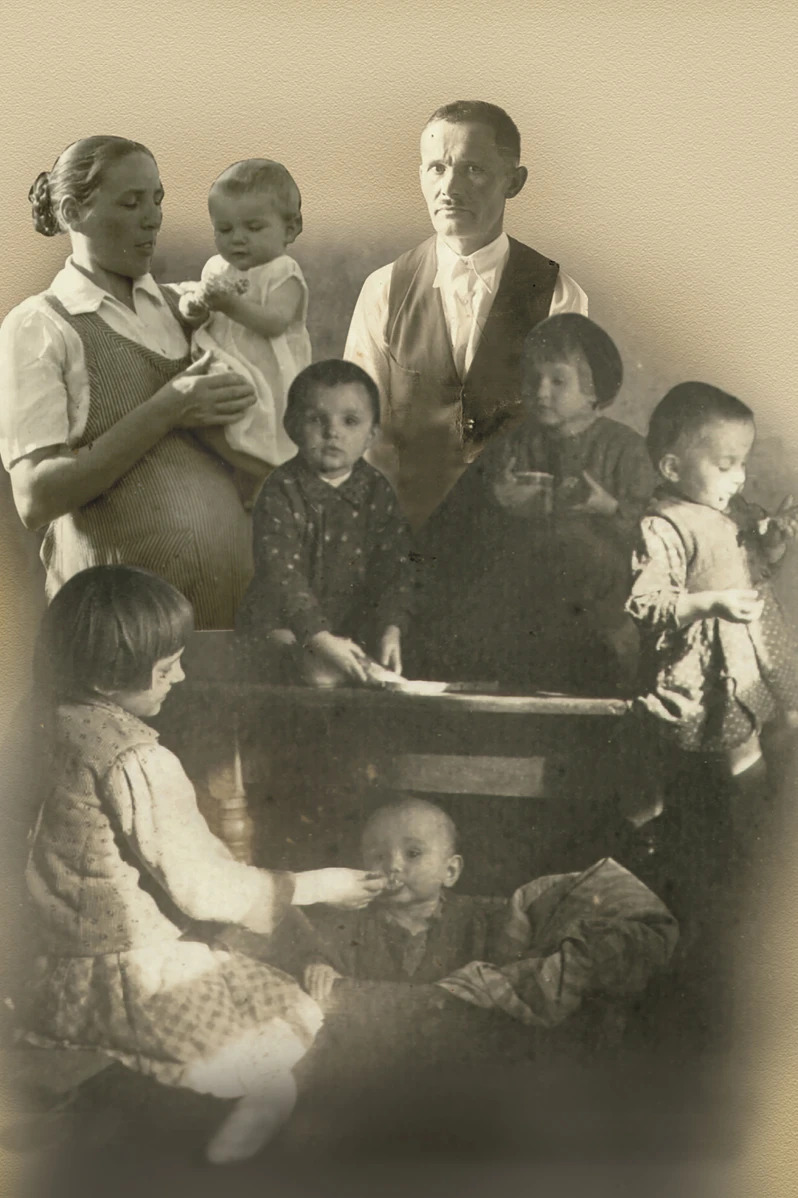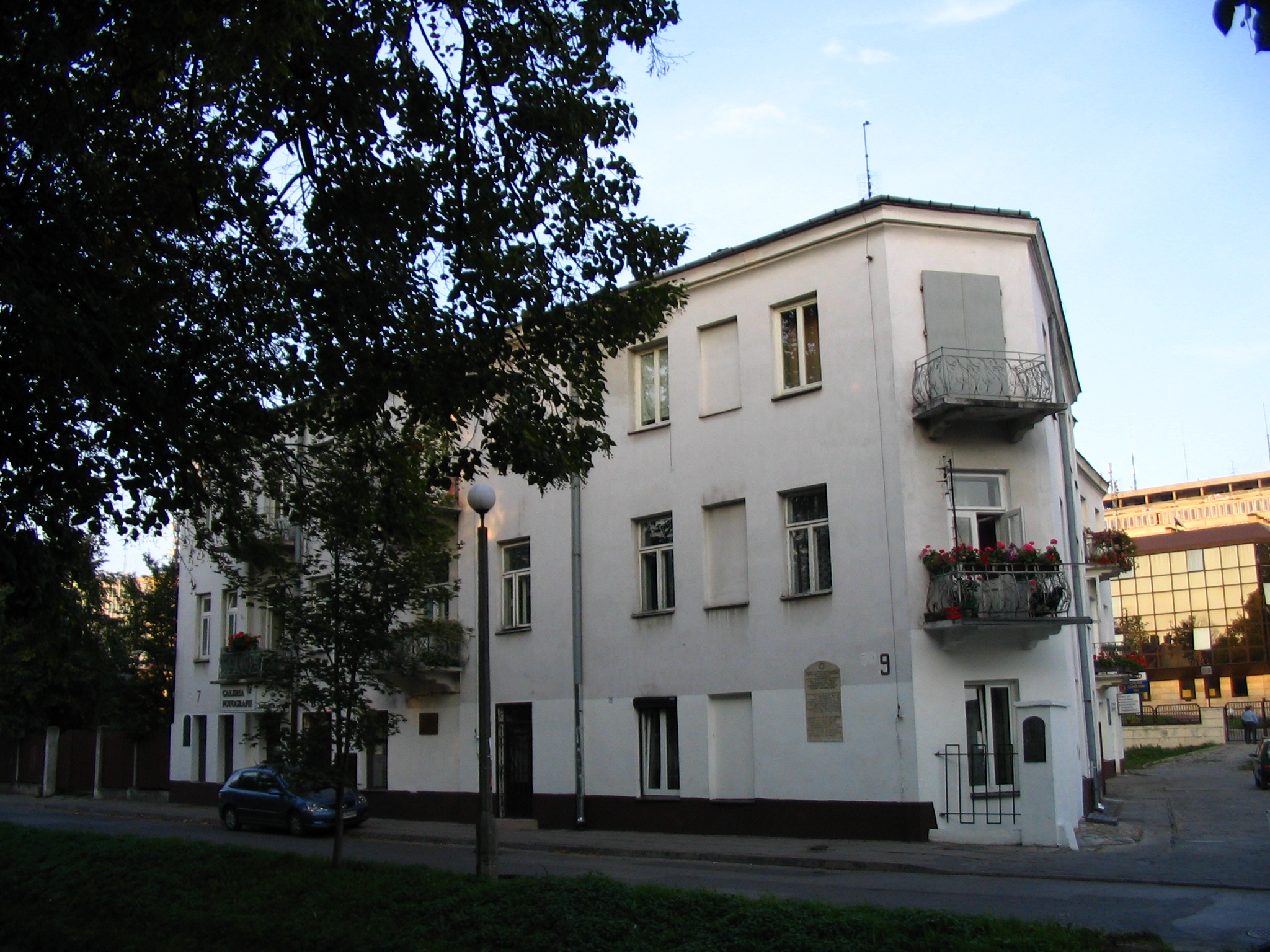First centre of the Arpads – Upper-Tisza Region (Karos Visitor Centre of the Age of Land-taking)
Fact of the Hungarian figure „Myth of the Hungarian land-taking – Ópusztaszer”
Part of the „The story of the beginning” topic
The Upper Tisza Region played a central role in the memory politics of the Hungarian conquest and the formation of the Árpád dynasty’s early power structures. Rich in natural resources and strategically located, this region became a symbolic and practical center for the nascent Hungarian state in the early 10th century. Archaeological finds, notably richly furnished warrior graves and prestigious artifacts like ornamental belt mounts and decorated metal plates (tarsolylemezek), reflect a warrior elite closely tied to the ruling house.
The concentration of small, wealthy cemeteries—often only a few hundred meters apart—demonstrates a deliberate settlement strategy by the early Árpád leaders to establish dominance among diverse ethnic groups. These burial sites served not only as social markers but also as tools of early state-building, projecting power and legitimacy. Over time, the memory of these foundational communities became central to Hungarian national identity, especially during later medieval and modern commemorations of the land-taking.
The Karos Visitor Center today preserves this layered historical memory, presenting the Upper Tisza as both a political heartland and a symbolic cradle of the Hungarian nation, where the narrative of conquest, kingship, and cultural integration first took root.





